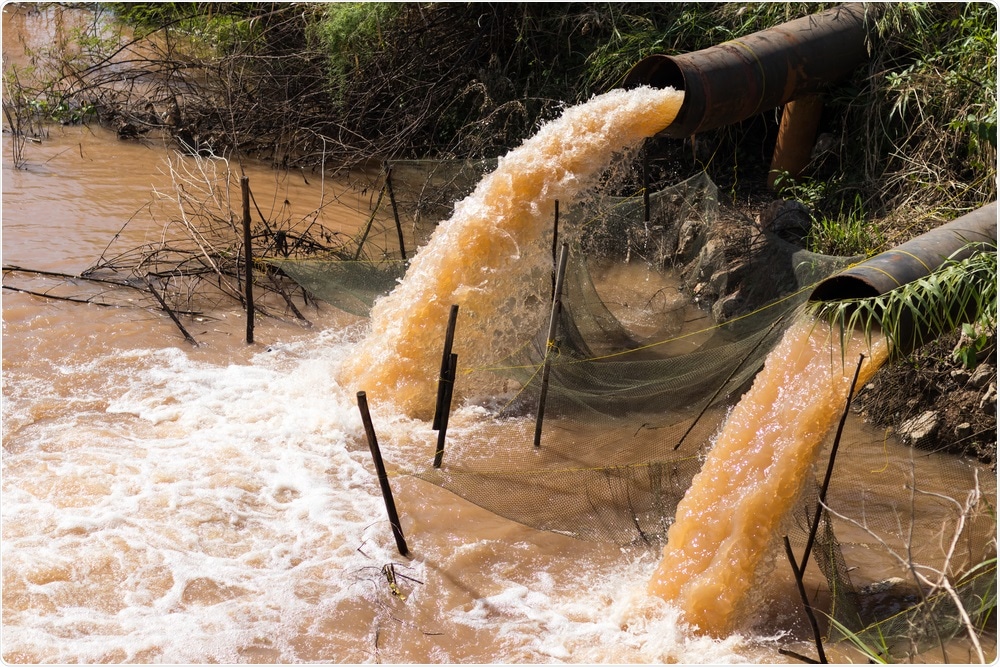The Universidad Carlos III de Madrid (UC3M), together with the Universidad Pontificia de Comillas and the University of Porto, has patented a magnetic cork that could remove polluting particles from water, among other uses.

Image Credit: Kaentian Street/Shutterstock.com
The magnetic cork has been created through a process of co-precipitation of iron oxide through which magnetite is obtained. This mineral is absorbed as soon as it comes into contact with the surface of the cork.
The patent arises from the need to make graded adhesive joints. It occurred to me, when reading about the various techniques that are used for graded joints and about cork, that we could make the cork magnetic using the process that is currently used to obtain magnetite"
Juana Abenojar, Department of Materials Science and Engineering and Chemical Engineering, UC3M
Thanks to the magnetization of cork, the ease of capturing particles with the help of a magnet allowing them to be positioned in a particular place to, for example, modify rigid polymers when an area needs to be more ductile than the rest as it is going to be subjected to impact is added to the inherent advantages of the material, such as its low weight and impact resistance.
Using the magnet, a greater number of magnetic cork particles are put in a certain place to achieve greater flexibility.
It can also be used to remove contaminants captured by these particles from a liquid. "One of its uses would be to absorb heavy metals from water. In other words, removing contaminants from water", notes Abenojar, although she points out that this application is still being studied.
The magnetisation of other polymer and ceramic materials, such as silicon carbide or boron carbide, that could be used as sensors are currently being tested.
This patent has led to another application from the University of Porto under the title "Methodology and apparatus to manufacture functionally graded joints using magnetized microparticles" (application number: PAT354/2019). "Moreover, the patent is being applied for in Europe as well as the US in order to transfer it to a company that will manage it", Abenojar concludes.